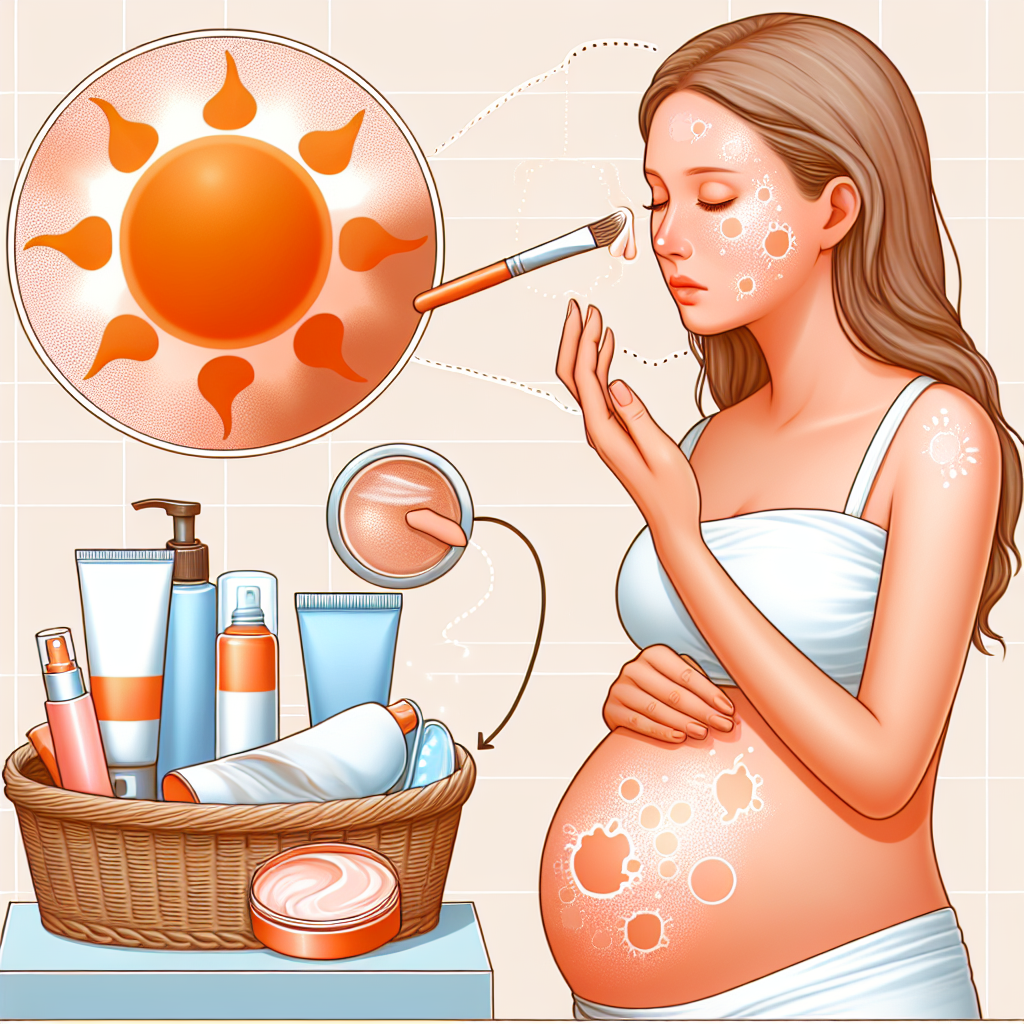Pigmentation Spots in Pregnancy and After Birth: Causes and Treatment
What are Pigment Spots and why do they appear during pregnancy?
Pigmentation spots, also known as melasma or "pregnancy mask", are dark spots that appear on the skin, most often on the face. Pregnancy is a time of major changes in a woman's body, including hormone levels that can affect skin pigmentation. Factors that contribute to the appearance of these spots are hormonal changes, sun exposure and genetic predisposition.
During pregnancy, the improvement in estrogen and progesterone levels stimulates the production of melanin, the pigment that gives color to the skin, hair and eyes. This increase in melanin production can lead to the appearance of darker spots on the skin, which are visibly more prominent during sun exposure.
How to protect yourself and prevent Pigment Spots?
Prevention of age spots starts with limiting sun exposure and daily use of a broad-spectrum sunscreen with a high SPF. The sun screen not only helps to prevent the appearance of spots, but also has the role of preventing the intensification of the already existing ones. It's also important to wear wide-brimmed hats and clothing that covers exposed skin when outdoors.
Another effective way of prevention is a skin care routine rich in antioxidants, which can help fight sun damage. Vitamin C and E products are two of the most powerful antioxidants that help protect the skin against free radicals and slow down the hyperpigmentation process.
Treatments available for Post-Pregnancy Pigmentation Spots
After giving birth, many mothers notice that the pigment spots become less visible, but in some cases they may persist or may want to speed up the diminishing process. There are several treatment options available, from natural remedies to professional cosmetic procedures.
Using face creams with ingredients like azelaic acid, kojic acid, or hydroquinone can help lighten these spots. It is important to use these products under the supervision of a dermatologist, as some ingredients may be irritating or contraindicated in post-pregnancy and breastfeeding.
Cosmetic procedures such as chemical peels, microdermabrasion, and laser therapy are other treatment options considered effective. These treatments must be performed by a specialist to avoid any complications and for optimal results.
Natural home remedies and tips
For mothers who prefer to avoid cosmetic treatments or are breastfeeding, there are natural remedies that can help reduce pigment spots. For example, lemon juice has been used for generations as a bleaching agent due to the citric acid it contains. Other natural ingredients that can reduce pigmentation include aloe vera, tea tree oil, and apple cider vinegar.
However, the use of natural remedies should be done with caution, as the skin during pregnancy and after can be more sensitive than usual, and it is important to avoid any kind of irritation.
Conclusion
Pigmentation spots are a common condition during pregnancy, but with proper skin care and the use of effective sun protection measures, their effects can be minimized or even prevented. After giving birth, there are a variety of treatments and remedies available to help improve the appearance of the skin. Consult a dermatologist to choose treatment options that are right for you, and don't hesitate to do your research before trying any home remedy. By accumulating information and applying it conscientiously, you can have healthy skin and an even complexion after pregnancy.














































































































































